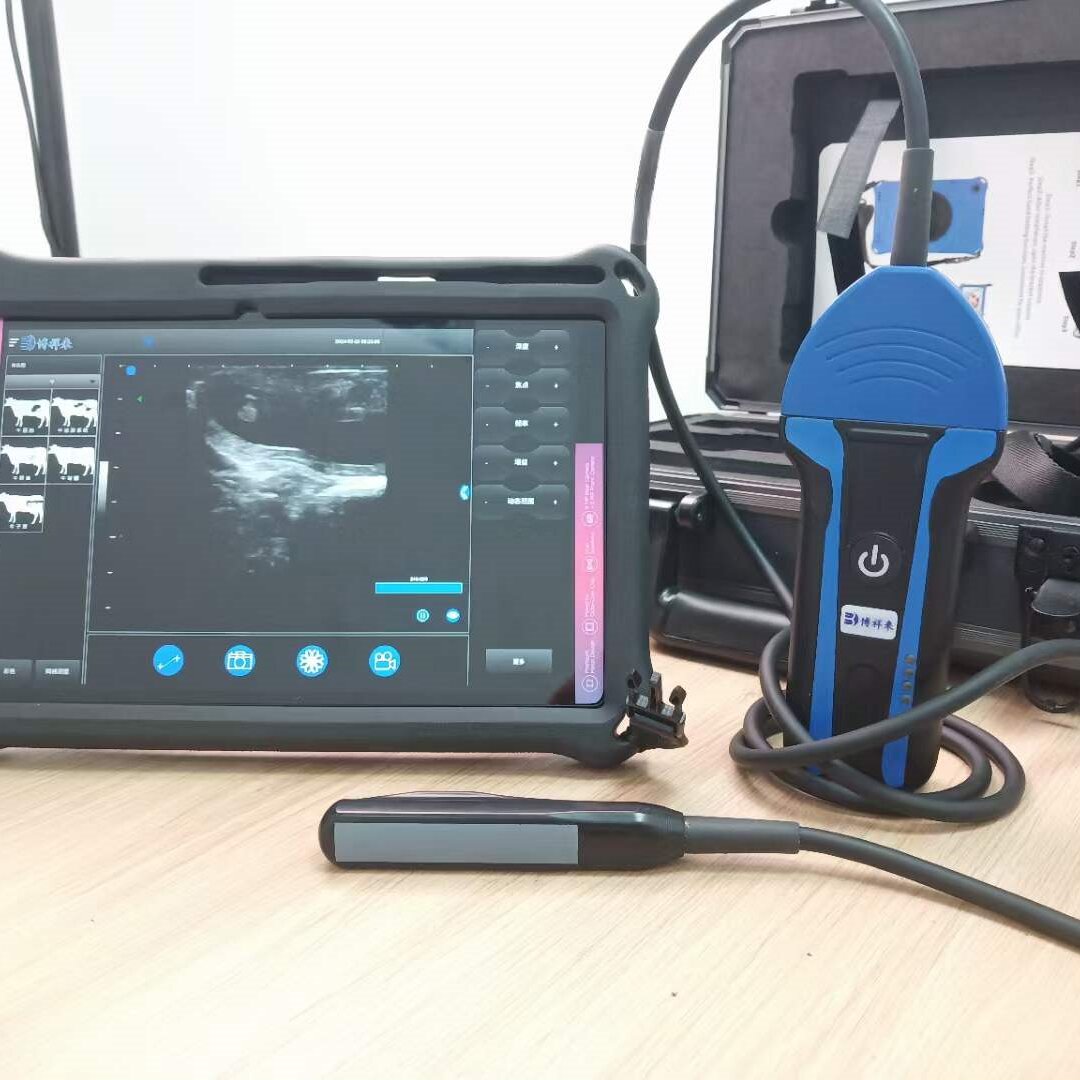In the rapidly evolving world of medical diagnostics, handheld ultrasound devices are making waves as a portable, cost-effective solution for imaging needs. Whether you're a healthcare professional looking to integrate mobile diagnostics into your practice or a medical student considering an affordable ultrasound option, understanding the handheld ultrasound price and factors that affect it is crucial.

This article explores the key aspects that influence the cost of handheld ultrasound devices, the price range you can expect in 2024, and how to choose the right device for your needs.
What is a Handheld Ultrasound?
A handheld ultrasound is a compact, portable version of traditional ultrasound machines, often small enough to fit in a pocket or carry in one hand. These devices allow healthcare providers to perform point-of-care ultrasound (POCUS) exams in various settings, from hospitals to clinics to remote areas. They provide real-time imaging for assessing patients and diagnosing conditions without the need for bulky, stationary machines.
Handheld ultrasounds are popular across a wide range of medical specialties, including emergency medicine, critical care, sports medicine, and primary care.
How Much Does a Handheld Ultrasound Cost?
Average Price Range of Handheld Ultrasound Devices
As of 2024, the price of handheld ultrasound devices can range from $2,000 to $10,000 or more, depending on the features, imaging quality, brand, and software capabilities. Here’s a breakdown of the price range:
- Entry-Level Devices: $2,000 - $4,000
- Suitable for basic diagnostics and commonly used in general practice or educational settings.
- Mid-Range Devices: $4,000 - $7,000
- These offer higher image resolution, additional probes, and wireless capabilities, making them suitable for more specialized medical fields.
- High-End Devices: $7,000 - $10,000+
- These devices feature advanced imaging technologies, such as color Doppler, AI-assisted diagnostics, and cloud connectivity, catering to professionals requiring detailed imaging for more complex diagnoses.
Factors That Affect Handheld Ultrasound Price
Brand and Manufacturer
- Well-known brands BXL tend to offer devices with premium features at higher price points. While lesser-known brands may offer more affordable options, they may lack some advanced features or robust customer support.
Image Quality and Probes
- High-resolution imaging capabilities and the number of probes included can greatly affect the price. Devices with multiple probe options (linear, convex, cardiac) will generally cost more, but they also offer broader diagnostic applications.
Wireless Connectivity and Software
- Handheld ultrasounds that feature wireless connectivity, integration with mobile apps, and cloud-based storage tend to be priced higher due to their convenience and ability to store and share images seamlessly.
AI and Advanced Features
- Ultrasounds with AI-driven features, such as automatic measurements, image analysis, and diagnostic suggestions, are typically found in higher-end devices. These features improve the accuracy and efficiency of diagnostics but increase the overall cost.
Battery Life and Portability
- Devices designed for extended use with long battery life and rugged designs for fieldwork or emergency situations may also come at a higher price point. However, they are invaluable in settings where power sources are limited.
Cost Breakdown: Handheld Ultrasound vs. Traditional Ultrasound Machines
One of the primary reasons handheld ultrasound devices are gaining popularity is their cost-effectiveness compared to traditional ultrasound machines. A typical stationary ultrasound system can range from $20,000 to $100,000 or more, depending on its complexity and features. In contrast, handheld devices are significantly cheaper, with most falling under $10,000.
For small clinics, general practitioners, or even veterinary practices, investing in a handheld ultrasound allows for quality imaging at a fraction of the cost of a full-size machine.



